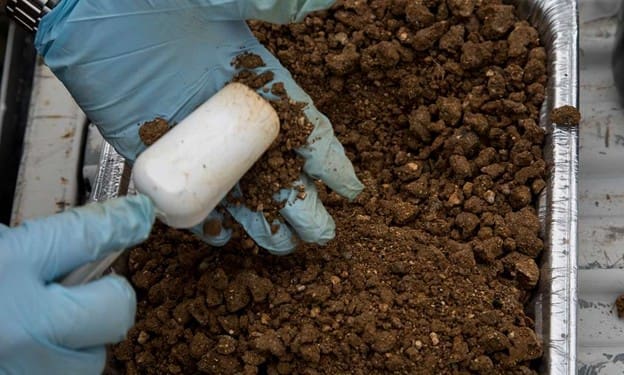Soil testing is often associated with identifying nutrient deficiencies, but it also helps determine if soil already has adequate nutrients. Basic tests measure pH levels along with phosphorus and potassium content. Many soil samples analyzed at Kansas State University show sufficient levels of these nutrients, making additional applications unnecessary and potentially harmful to the environment.
Gardeners should test their soil before starting spring planting, especially if it hasn’t been tested in years. To collect a sample, take soil from multiple garden or lawn locations at depths up to eight inches, mix them, and compile one pint for testing.
Testing services are available through local K-State Research and Extension offices for a fee. While soil tests reveal fertility issues, they do not detect poor drainage, soil-borne diseases, chemical contaminants, or structural problems. Other factors affecting plant growth include inadequate sunlight, shallow soil, improper watering, and competition from tree roots.













